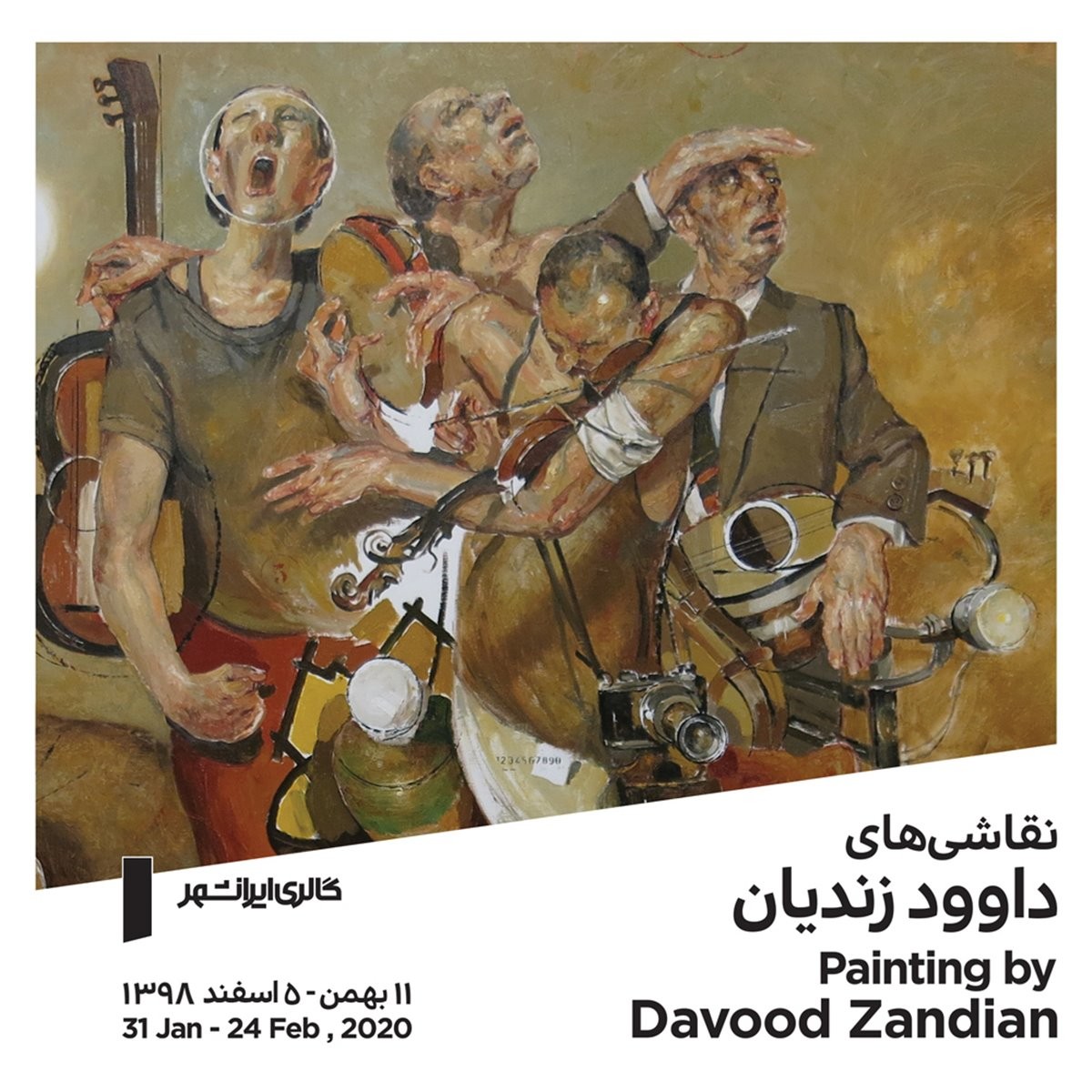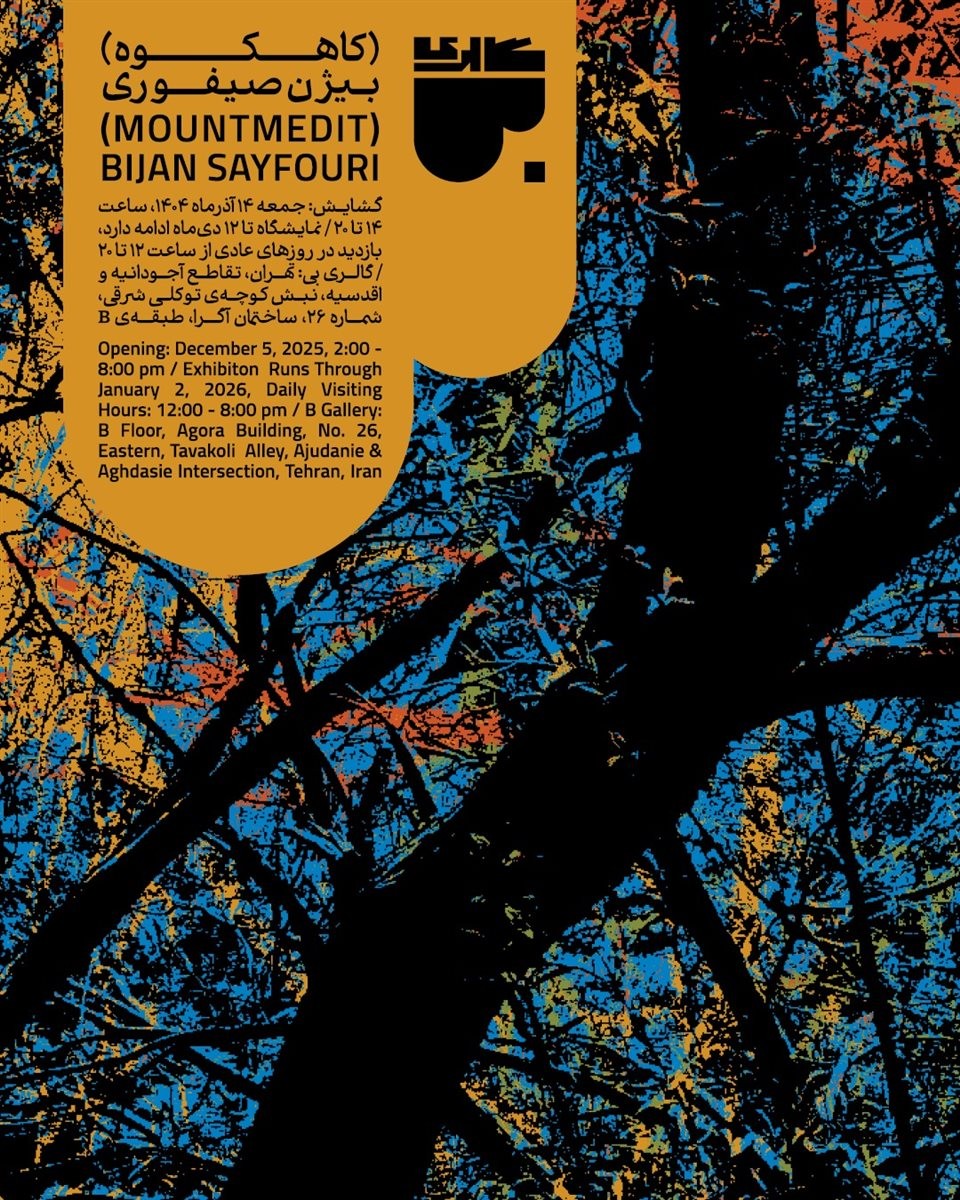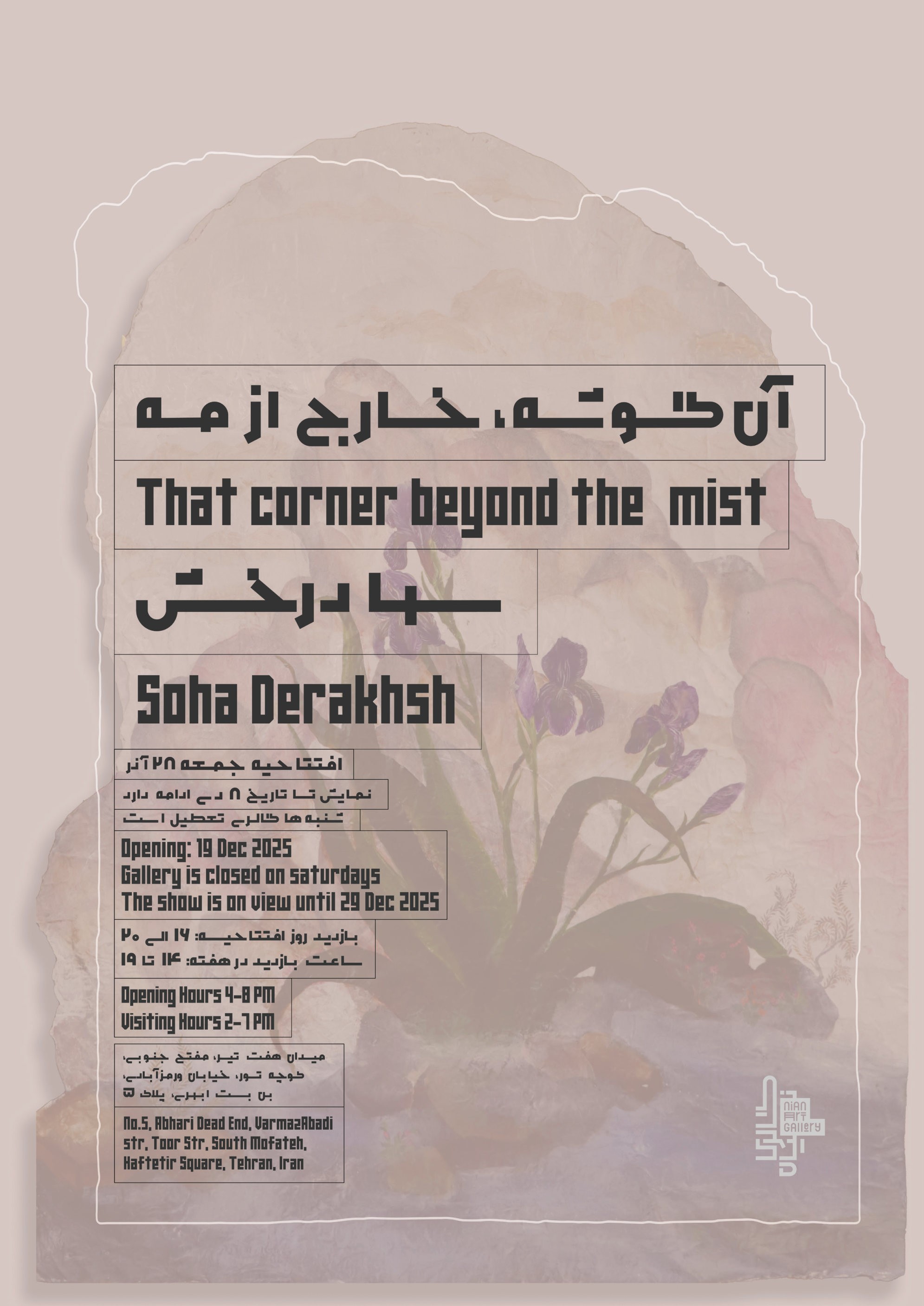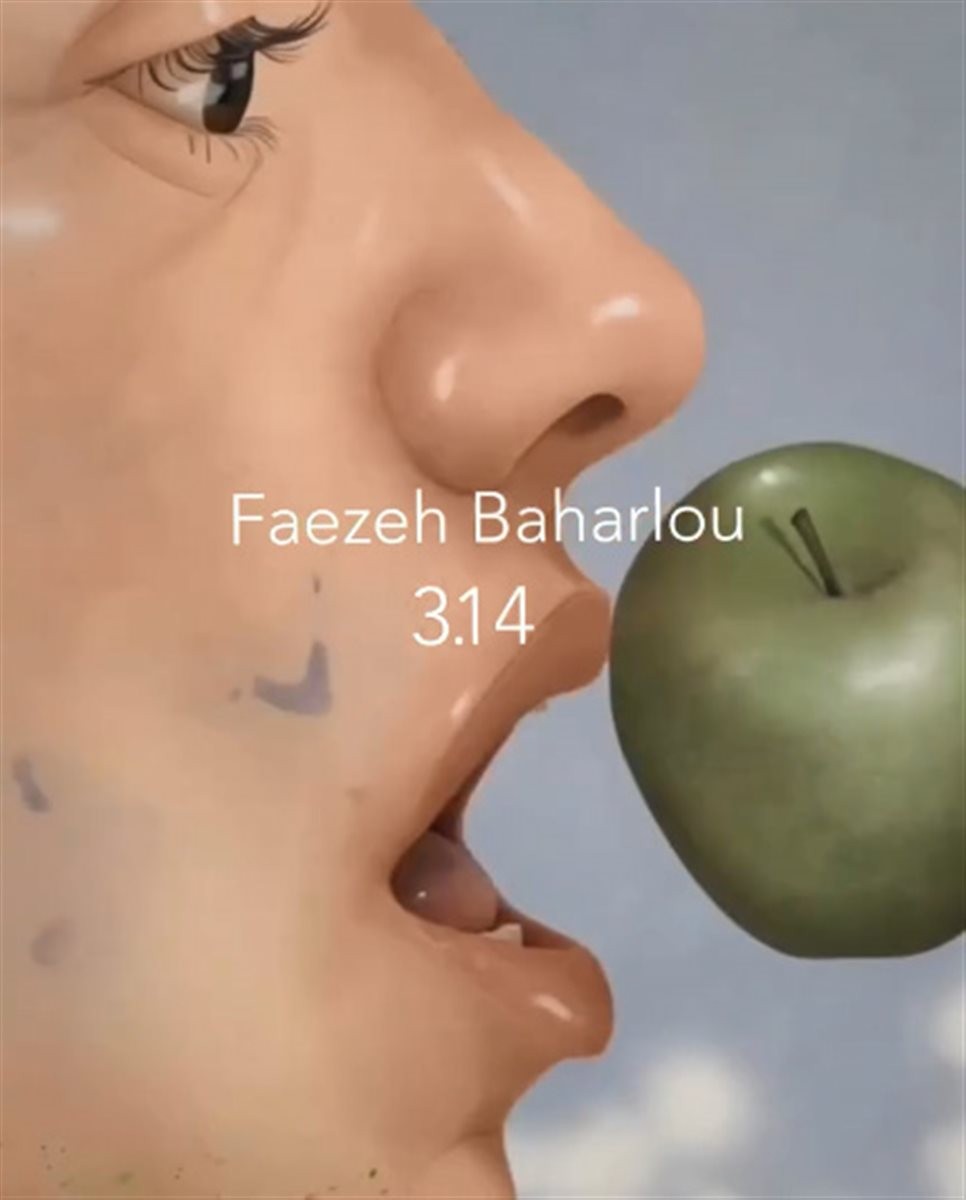Tehran,
No. 69/1, Sepand alley South Aban St., Karimkhan Zand St.
31 January 2020 - 24 February 2020
In Davood Zandian’s paintings Every memory functions as a tomb, and every tomb contains manifold images entwining with each other, representing the dead by returning to the past and exalting disjointed fragments of it. It is through this function of images that accepting death and loss is continuously deferred. The past does not appear as a coherent whole. Rather, it reveals itself or, in other words, dawns on us in fragments, ruptures, crevices, and ruins. The past is not like a wandering spirit appearing here and there; it is part and parcel of the objects themselves. Zandian’s paintings. They are the embodiment of the past’s spirit and are part of it. They serve a twofold function; on the one hand they guarantee the past being alive, and on the other they are proof for its fading away and double death. The objects’ nostalgic quality refers to this very twofold function. In many of his works, by resorting to nostalgia and depicting past-related matters, he apparently relieves himself of the burden of his memories. In order to achieve this relief, he utilizes recurring components like the camera, the painting brush, housewares with particular shapes, etc. to demonstrate that the same former components always recur in new forms. The desire to recollect is quintessentially a response to existential anxieties and serves a cathartic role. This major device (i.e. resorting to nostalgia) in Zandian’s works undergoes a transformation in his depictions of libraries in which we face a different approach by the painter. In contrast to his former paintings, Zandian does not seek to pour out his memories through representing books and libraries. Rather, by doing so, he intends to conceal the past. Better to say that he buries the past in these painted books. The libraries are the diary of the painter, hidden from the reader or the viewer.
Dr. Amir Nasri

Artists
Available Nearby Exhibitions
Mountmedit
Tehran
5 December 2025 - 2 January 2026
That Corner Beyond the Mist
Tehran
19 December 2025 - 29 December 2025


